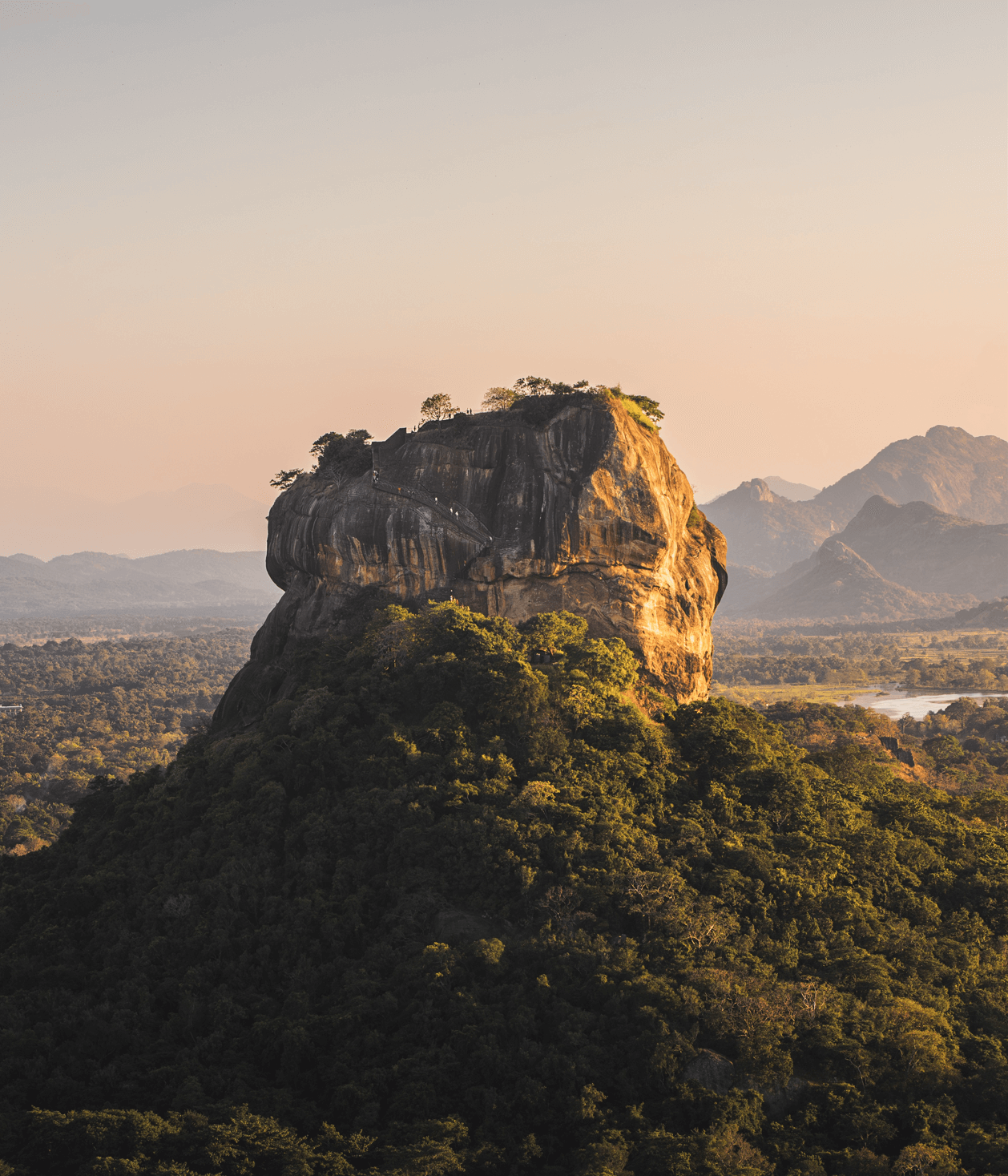


-2.jpg)

at a Glance.
Visa Type
Electronic Travel Authorization (ETA) for short visits.
Eligible Countries
230+ nationalities (apply online).
Processing Time
1–3 business days (typical).
Validity Window
ETA is typically valid for entry within a set window after approval (check your approval notice).
Stay Duration
30 days on arrival; double entry during those 30 days.
Extensions
Up to 270 days total (30 + 60 + 90 + 90) subject to approval (online portal available). Note: This updates older “180-day” references.
Application Portal
eta.gov.lk (official).
Extension (Online) & Payment Methods
eservices.immigration.gov.lk (official) accepting Major credit/debit cards (via official portal).
Introduction
Dreaming of exploring lush tea plantations, ancient temples, and pristine beaches? Before you embark on your adventure to Sri Lanka’s timeless beauty, understanding the Sri Lanka tourist visa process is essential. If you plan to visit Sri Lanka, you must obtain a visa and comply with all entry requirements set by the authorities.
This guide provides everything you need to know about entering Sri Lanka smoothly, including visa types, application steps, and important entry and exit requirements set by the Sri Lankan government.
Sri Lanka’s visa system is modern, efficient, and primarily online, making it easy for foreign nationals from over 230 countries to apply. Whether you’re visiting for tourism, business, or transit, this comprehensive guide by Sithiyam Travel covers all the details—from Electronic Travel Authorization (ETA) applications to tips for public transportation and navigating major cities.
Update (Nov 2, 2025): Sri Lanka’s Department of Immigration & Emigration confirms ETA/visa procedures continue as normal and a recent notice about changes was revoked. Always check the official site before you apply.
Explore
our
trips.
Whether you're looking for a Luxury holiday, a family vacation, or a perfect hideout for your honeymoon, we've got you covered.
Understanding Sri Lanka’s Visa System
Sri Lanka welcomes millions of travellers annually through its streamlined Electronic Travel Authorization (ETA) system, designed to promote tourism and facilitate easy entry.
The tourist visa is issued to bona-fide tourists who want to explore Sri Lanka’s diverse attractions, from cultural heritage sites to remote natural areas.
Applying online before travel is strongly recommended to avoid delays at transportation hubs such as Bandaranaike International Airport or Mattala Rajapaksa International Airport. The ETA permits a stay of up to 30 days with double entry, and you can request extensions via the Department of Immigration & Emigration (including online).
For those planning multi-country trips in South Asia, including visits to India or the Maldives, having your visa paperwork in order is crucial.
When traveling to other countries, always check entry requirements with their official authorities.
Use the official government ETA portal and avoid third-party websites to ensure secure payment and a valid approval notice.
Sri Lanka is known for its large elephant gatherings in its National Parks

Types of Sri Lanka Visas (2025–2026)
Sri Lanka offers several visa categories designed to suit different travel purposes — from short-term leisure trips to long-term stays for business, study, or remote work.
Below is a complete breakdown of each visa type, its purpose, validity, entry rules, and extension options for 2025–2026.
1. Tourist ETA (Electronic Travel Authorization)
The Tourist ETA is the most common visa for leisure travelers visiting Sri Lanka for sightseeing, family visits, or short vacations.
It allows double entry into the country and a stay of up to 30 days from the date of arrival.
Travelers can extend this visa up to a total stay of 270 days (in 3 stages: +60 days, +90 days, +90 days) through the Department of Immigration & Emigration or the online extension portal.
Best for: Tourists, families, and casual visitors.
2. Business ETA
If your purpose is professional — such as attending business meetings, conferences, or trade exhibitions — you’ll need to apply for the Business ETA.
It generally permits a 30-day stay, with double or multiple entries depending on your approval. Extensions are possible, though subject to specific conditions.
Best for: Entrepreneurs, business delegates, or investors attending short-term events.
3. Transit Visa
A Transit Visa is intended for travelers making short layovers or stopovers in Sri Lanka, typically lasting less than 48 hours.
This visa grants single entry only and cannot be extended.
It is free of charge for most nationalities and suitable for passengers connecting through Sri Lankan airports en route to another destination.
Best for: Connecting passengers or short layovers.
4. Residence Visa
The Residence Visa is designed for long-term stays, such as employment, study, retirement, or family reunification.
It’s usually valid for one year, allows multiple entries, and is renewable upon satisfying the eligibility criteria.
Applicants generally need to provide supporting documents like an employment offer, university admission letter, or proof of family ties in Sri Lanka.
Best for: Expats, students, or retirees.
5. Digital Nomad Visa (Proposed Long-Stay Category)
Sri Lanka is developing a Digital Nomad Visa aimed at freelancers and remote professionals who want to live and work from the island.
Although official implementation details are still pending, the government has discussed criteria such as a minimum monthly income of USD 2,000 and a one-year stay with multiple entries.
Once active, this visa will allow renewal for subsequent years, making it an attractive option for digital workers seeking tropical inspiration.
Best for: Remote workers, freelancers, and long-stay visitors.
Summary
In short:
- Tourist ETA → Leisure trips, double entry, extendable up to 270 days.
- Business ETA → Work-related travel, 30-day validity, extendable.
- Transit Visa → Short stopovers under 48 hours, non-extendable.
- Residence Visa → Long-term stays for work, study, or retirement.
- Digital Nomad Visa → Proposed one-year renewable visa for remote professionals
Photo by UGA Chena Huts

Photo by UGA Chena Huts
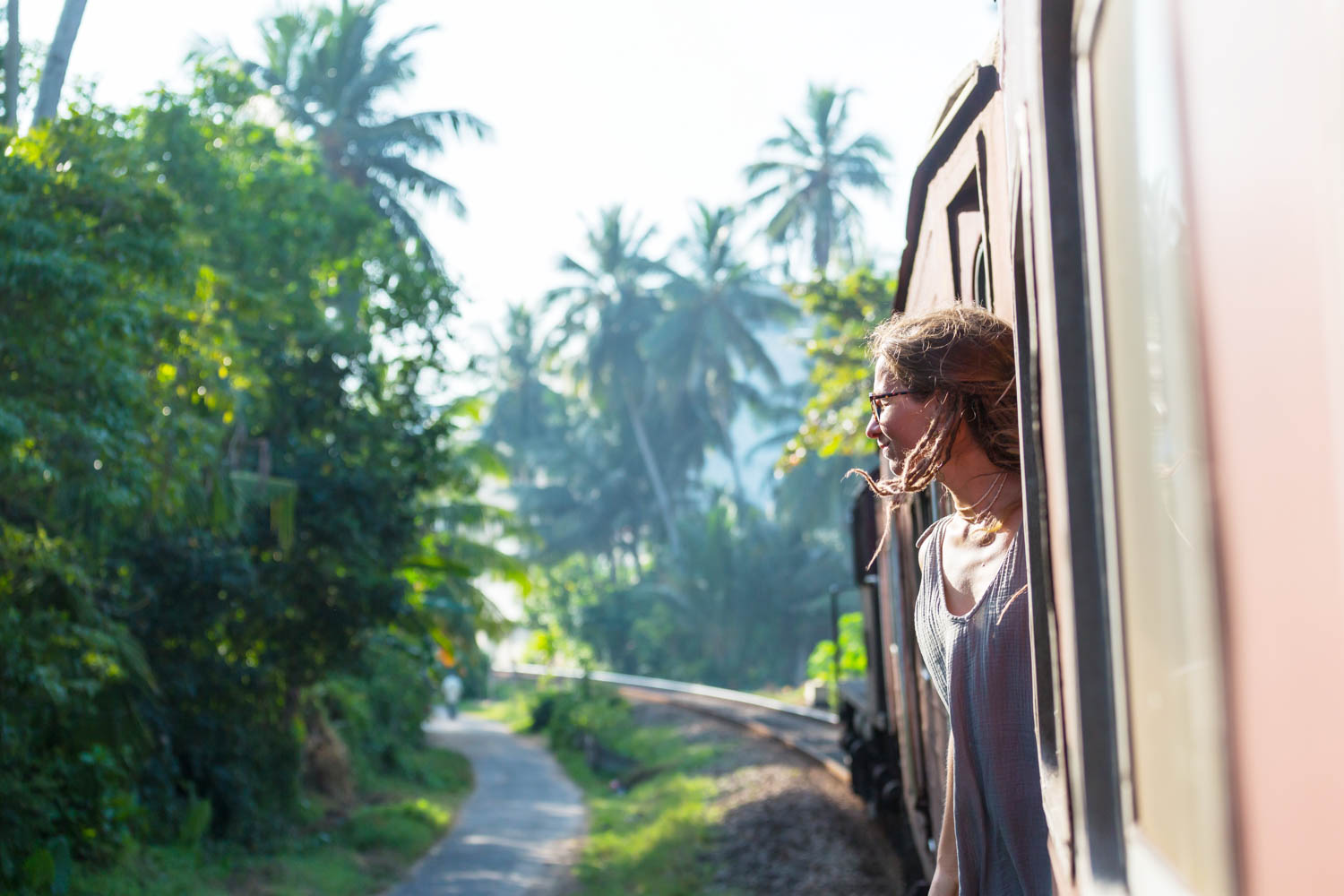
Step-by-Step Guide to Applying for a Sri Lanka Tourist Visa
1) Visit the Official ETA Website
Access eta.gov.lk—the only authorized site for ETA. Avoid third-party sites or applying at the port of entry unless necessary. ETA Sri Lanka
2) Select Your Visa Category
Choose “Tourist ETA” for leisure or “Business ETA” for meetings/conferences. ETA Sri Lanka
3) Complete the Online Application
Fill in passport details, travel itinerary, and accommodation info. Your passport should be valid at least six months beyond arrival. You’ll also need:
- An onward/return ticket,
- Proof of sufficient funds,
- Contact details of accommodation or host.
4) Make the Payment
Pay online using major credit/debit cards. Fees vary by nationality and visa type; the portal shows current fees. (Historic guidance often cites around USD 50 for many nationals; always confirm live fees in the portal’s Fees page.) ETA Sri Lanka
5) Receive Your ETA Approval Notice
Processing typically takes 24–72 hours; approval is emailed. Carry a digital/printed copy for arrival.
6) Arrival and Entry
Present your passport and ETA approval at immigration; you may complete a short arrival form. Follow local laws and entry/exit requirements.
Heads-up on Policy Fluctuations: Sri Lanka has run pilot free-visa schemes for selected nationalities in the past (e.g., 2024 programs) but these can change or lapse; always confirm latest status on the official sites before travel.
Prayer Bell at Sacred City of Anuradapura
-2.jpg)
Breathtaking Mirisavatiya Dagoba Stupa in Anuradhapura, Sri Lanka

Visa on Arrival: What You Need to Know
While visa on arrival may be available to some travelers, it’s strongly advised to obtain an ETA online prior to travel to minimize airport wait times and reduce risk of delays. The official line remains: apply ETA in advance. ETA Sri Lanka
Photo by UGA Chena Huts
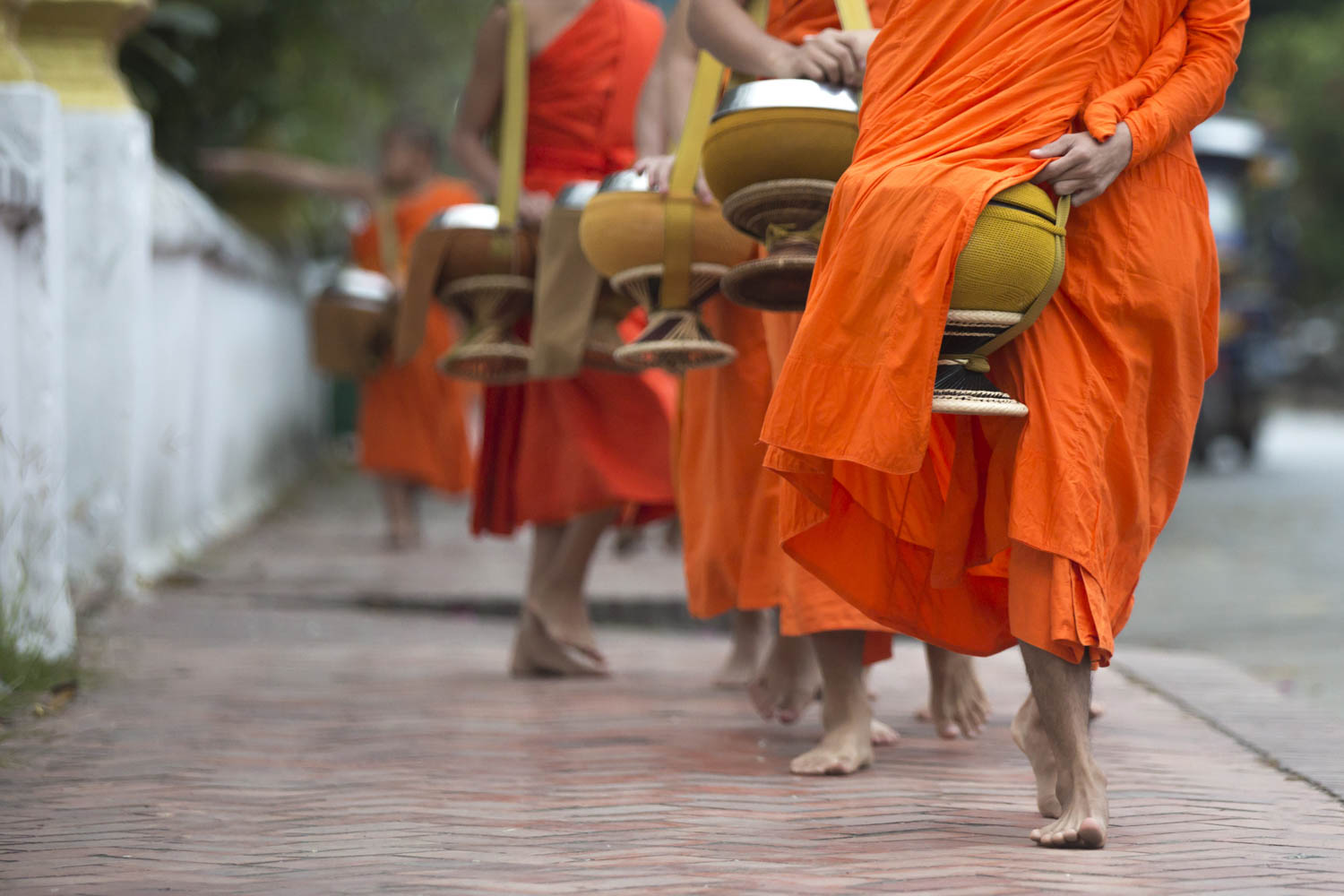
Photo by UGA Chena Huts
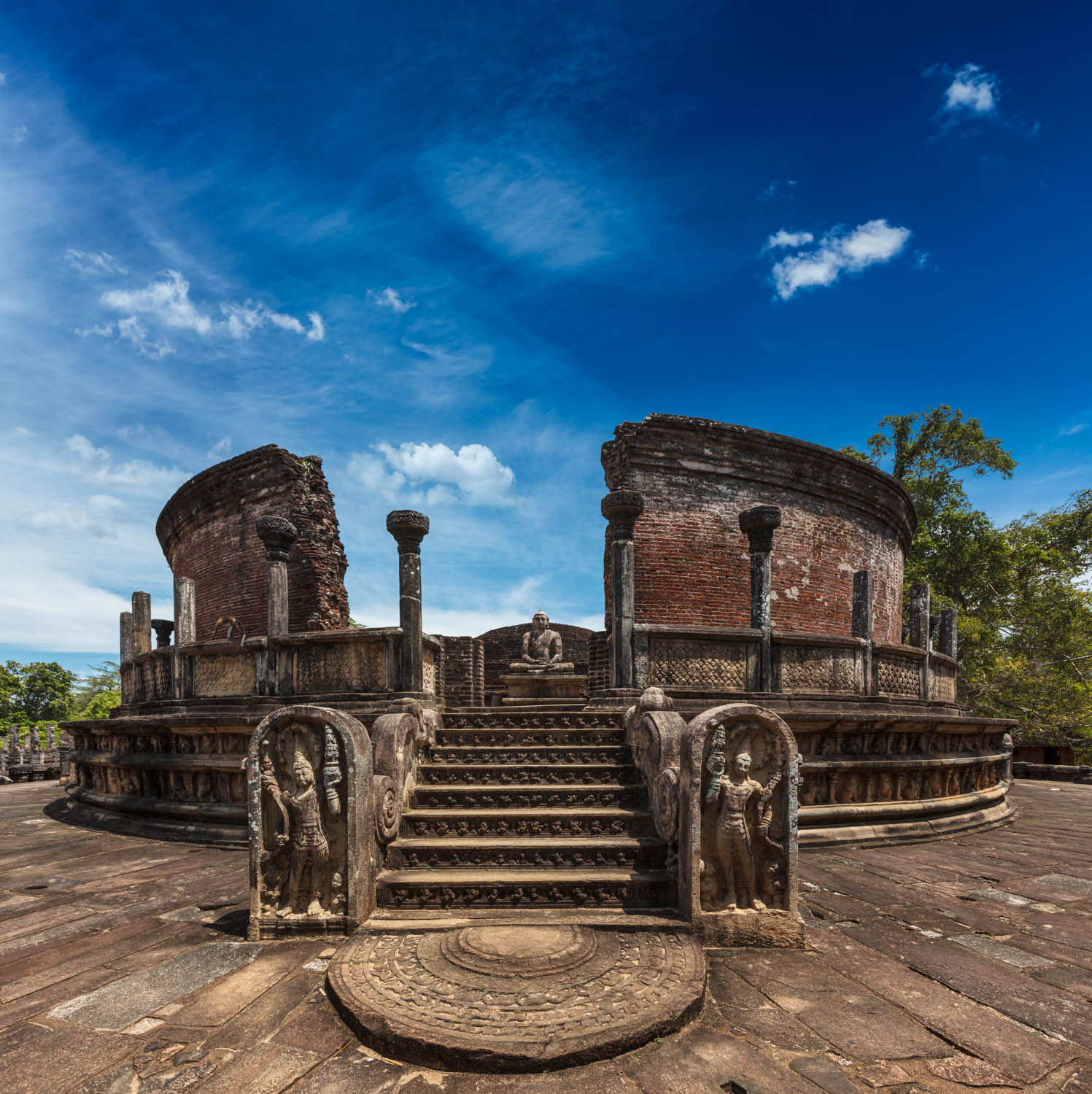
Visa-Free and Exemptions
Citizens of Singapore, Maldives, and Seychelles are exempt from obtaining an ETA for short visits under reciprocity arrangements. Fee exemptions and pilot free-visa programs can change—verify before travel on the official site.
Special Visas for Long-Term and Business Travelers
Digital Nomad Visa (Long-Stay)
A program for remote workers has been discussed/approved in principle with income thresholds reported in media (e.g., USD 2,000/month), but official launch details and application pages are pending. Double-check the Immigration Dept before planning.
Business Visa
For short-term business activities such as meetings, conferences, or trade shows. Apply under Business ETA; fees/entries vary—see official Fees page.
Residence Visa
For extended stays related to work, study, retirement, or family reunification. Usually valid for one year, renewable, with category-specific rules. See the Visit/Residence Visa sections on the Immigration Dept site.
Visa Extensions: Stay Longer in Sri Lanka
If you fall in love with Sri Lanka’s beaches, highlands, or cultural charm (and most travelers do), the good news is that you can extend your Sri Lanka tourist visa beyond the initial 30-day period.
The Department of Immigration & Emigration allows tourists to extend their stay in multiple stages, either online or in person at its headquarters in Colombo.
The Sri Lanka government recently upgraded its system to support online visa extensions via the official eServices portal at eservices.immigration.gov.lk.
This convenient platform saves you from waiting in long queues and allows you to manage your application digitally from anywhere in the country.
Here’s how the extension process works in 2025–2026
First Extension — Up to 60 Days
After your initial 30-day stay, you can apply for the first extension, which grants an additional 60 days.
This request can be submitted either:
- Online, through the eServices portal, or
- In person, at the Department of Immigration and Emigration in Battaramulla, Colombo.
Make sure to apply before your original ETA expires to avoid penalties.
Second Extension — Additional 90 Days
Once your first extension is complete, you may apply for a second extension of up to 90 more days.
This will bring your total stay to approximately 180 days in Sri Lanka.
You’ll need to provide:
- Your valid passport,
- Previous visa extension approval, and
- Proof of sufficient funds or ongoing accommodation arrangements.
Online applications are encouraged for faster processing, especially during peak travel seasons.
Third Extension — Another 90 Days
For travelers who wish to stay even longer, a third and final extension may be granted, adding an additional 90 days to your visa.
After approval, your total stay in Sri Lanka can reach a maximum of 270 days (approximately 9 months) from the original date of arrival.
This final extension is discretionary and subject to immigration officer approval.
Always ensure your reason for extended stay (e.g., wellness retreat, family care, long-term tourism) is clearly stated and backed by relevant documents if required.
Key Points to Remember
- Maximum Stay Limit: 270 days (30 + 60 + 90 + 90) from your date of arrival.
- Where to Apply: Online at eservices.immigration.gov.lk or in person at the Colombo Immigration Department.
- Processing Time: Usually a few working days, depending on volume.
- Fees: Vary by nationality and extension duration (displayed on the portal).
- Visa Type Limitation: You cannot change from a tourist visa to another visa type (like business or residence) while in Sri Lanka.
- Overstaying: Avoid overstaying your visa validity; fines or future entry restrictions may apply.
Pro Tip
Plan ahead! If you’re staying in Sri Lanka for more than 30 days, apply for your first extension at least a week before your ETA expires.
The online system allows you to monitor your application progress and receive your new approval digitally—saving you time and paperwork.
Example Timeline
Here’s what a typical long-stay visitor’s journey might look like:
- Initial ETA: 30 days (granted at entry)
- First Extension: +60 days (total 90 days)
- Second Extension: +90 days (total 180 days)
- Third Extension: +90 days (total 270 days max)
Important Reminder
All extensions must be completed through official government channels only.
Never rely on unauthorized agents or websites offering “fast-track” visa extensions—they often charge inflated fees or issue invalid documents.
Common Mistakes to Avoid (and How to Fix Them)
- Using third-party sites → Always use eta.gov.lk. ETA Sri Lanka
- Assuming free-visa pilots are permanent → Policies can change; verify current status. immigration.gov.lk
- Relying on outdated extension limits → Plan for up to 270 days max (if approved). ETA Sri Lanka
- Booking tight connections → Allow buffer in case of extra checks.
- Not carrying proof of funds/accommodation → Keep confirmations handy.
- Overstaying → Fines/complications apply; extend on time via eservices. eservices.immigration.gov.lk
💡 Pro Tips for a Hassle-Free Entry
- Pre-apply online and bring a printed ETA approval. ETA Sri Lanka
- Match your itinerary to your visa category (tourist vs. business).
- Track policy updates on the Immigration Dept news page. immigration.gov.lk
- Consider travel insurance (health + trip disruption).
- Respect local laws and customs; carry your passport or a copy.
Photo by UGA Chena Huts

Photo by UGA Chena Huts

Plan Your Sri Lanka Journey with Sithiyam Travel
From visa assistance to curated luxury itineraries, Sithiyam Travel ensures a seamless experience. We coordinate flight arrivals, visa extensions, and personalized travel plans—so you can focus on Sri Lanka’s rich culture and stunning landscapes.
Responsibility Notice: Travelers are responsible for meeting all entry requirements and complying with local laws during their stay.
Conclusion
Sri Lanka’s digital visa system offers a hassle-free way to enter this captivating destination. Whether you’re here for a cultural escape, business retreat, or romantic island holiday, your journey begins with a few simple clicks and the trusted support of Sithiyam Travel.
Prepare your documents, respect local laws, and get ready to explore the wonders of Sri Lanka with ease and peace of mind.
Read
our blog.
Read more about travelling Sri Lanka, Like and Share.
where
to go.
Discover why Sri Lanka is the Pearl of Indian Ocean, a year round destination and perfect for everyone.
what
to see.
From Historical sites to Tea Estates, From Wildlife to Surfing
Explore our guides to top Attractions in Sri lanka





.jpeg)
.jpeg)



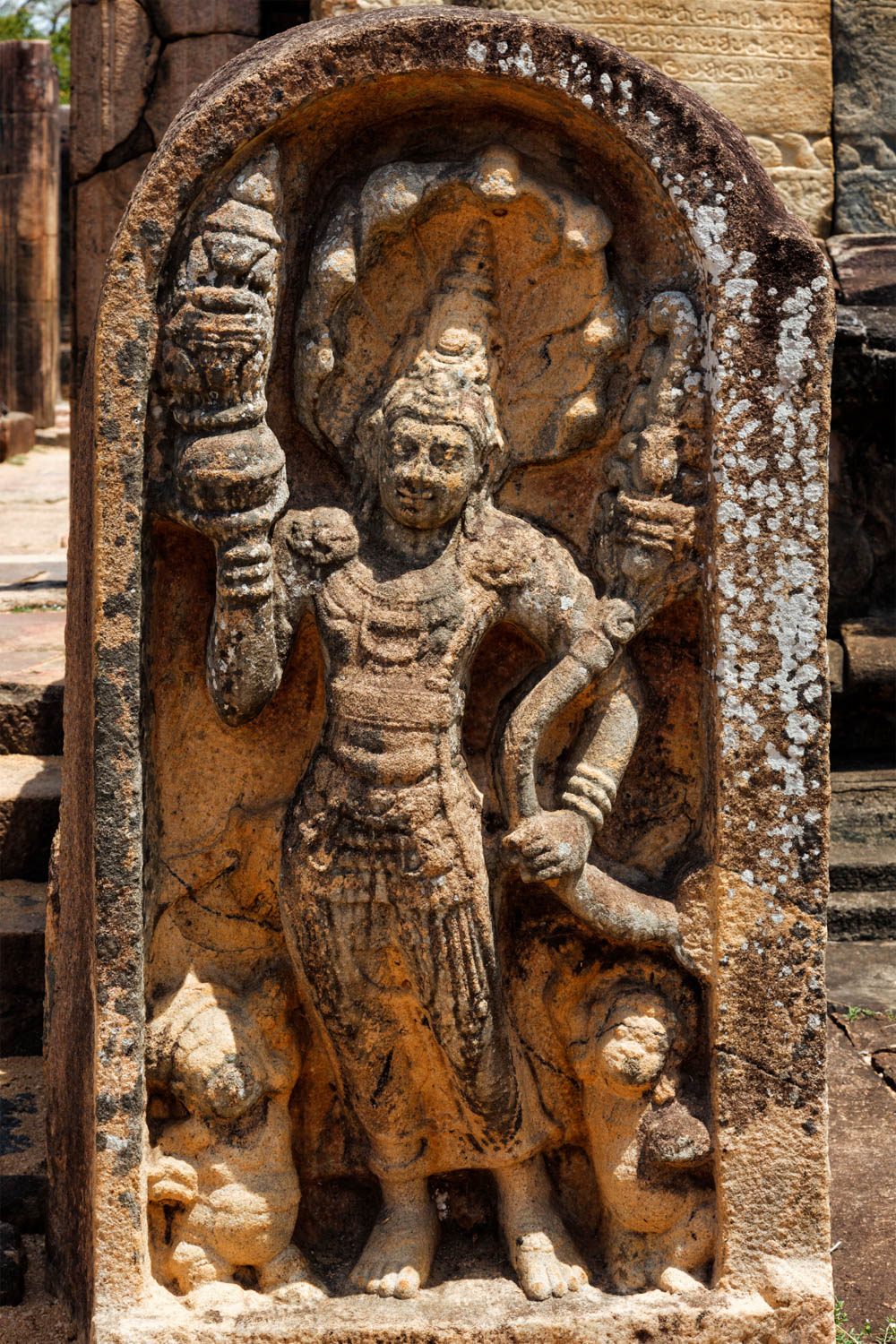
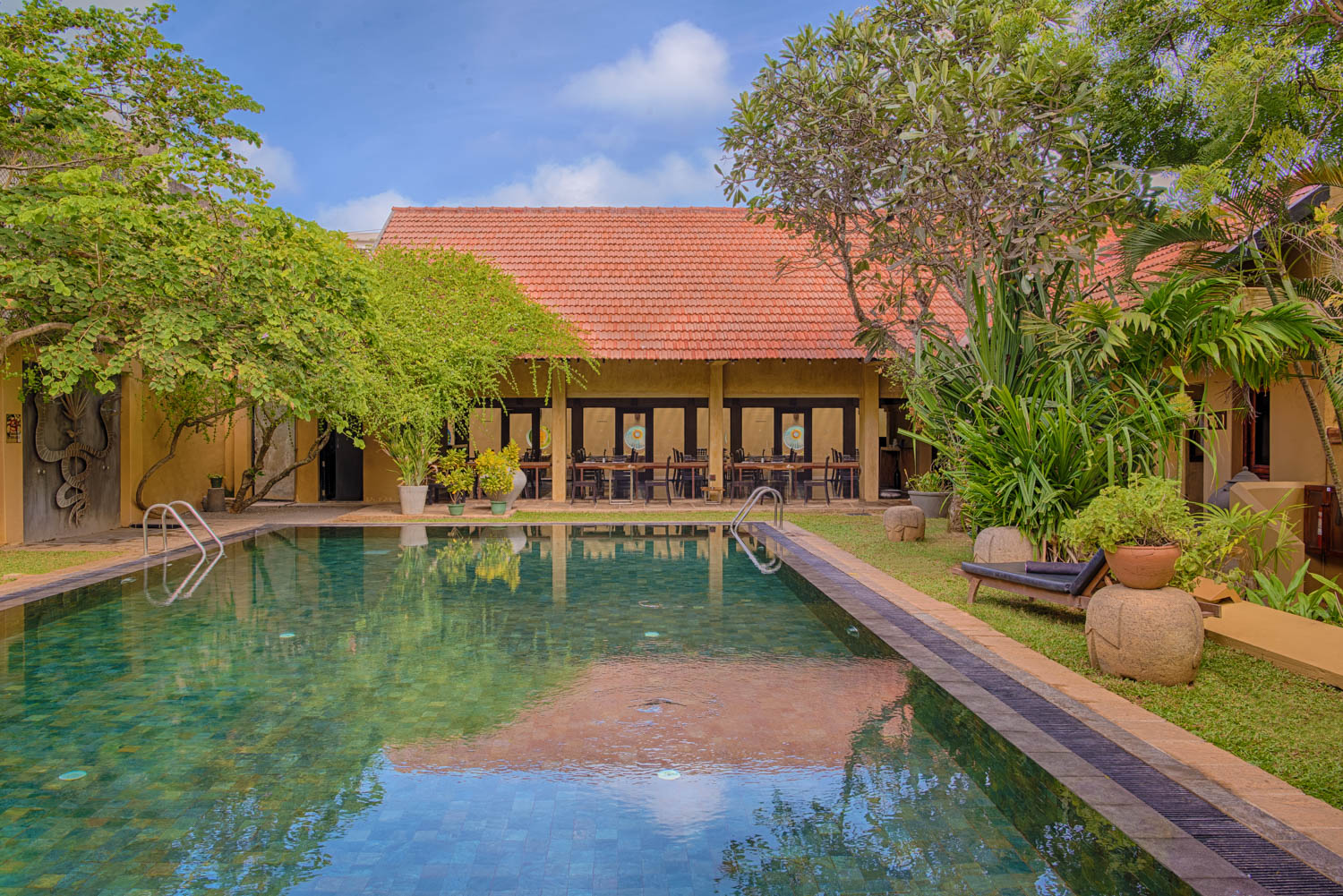
.jpg)
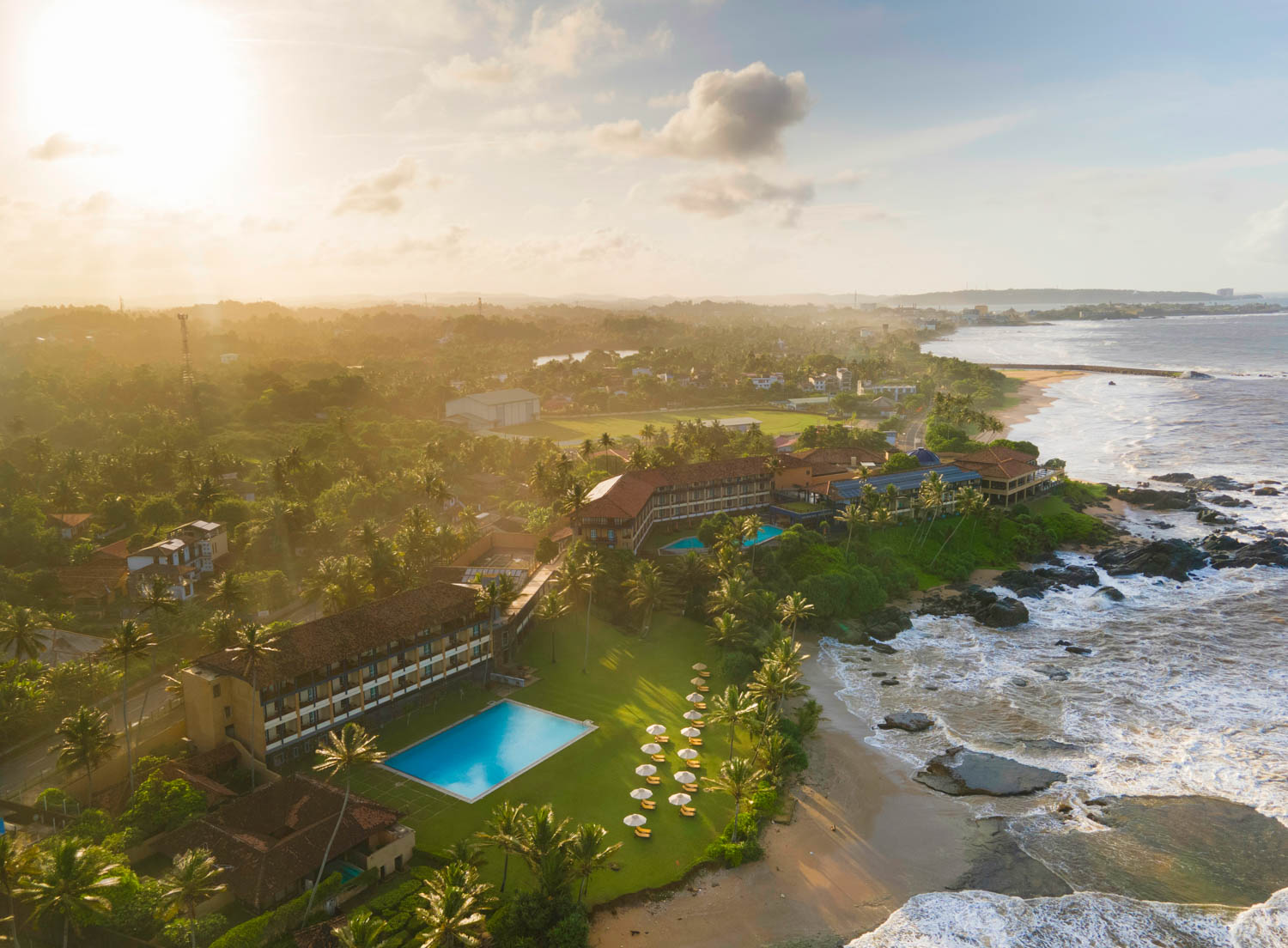
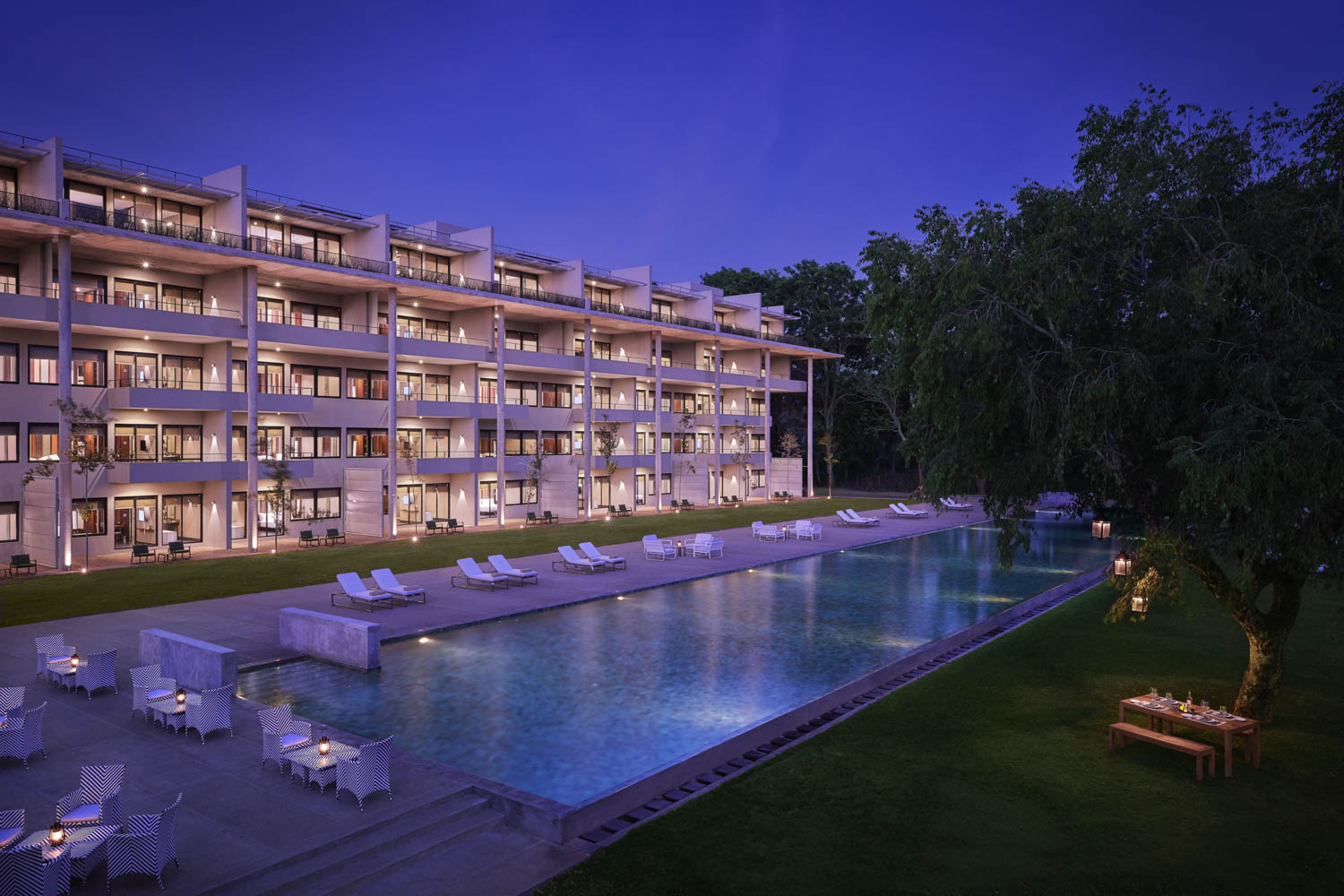
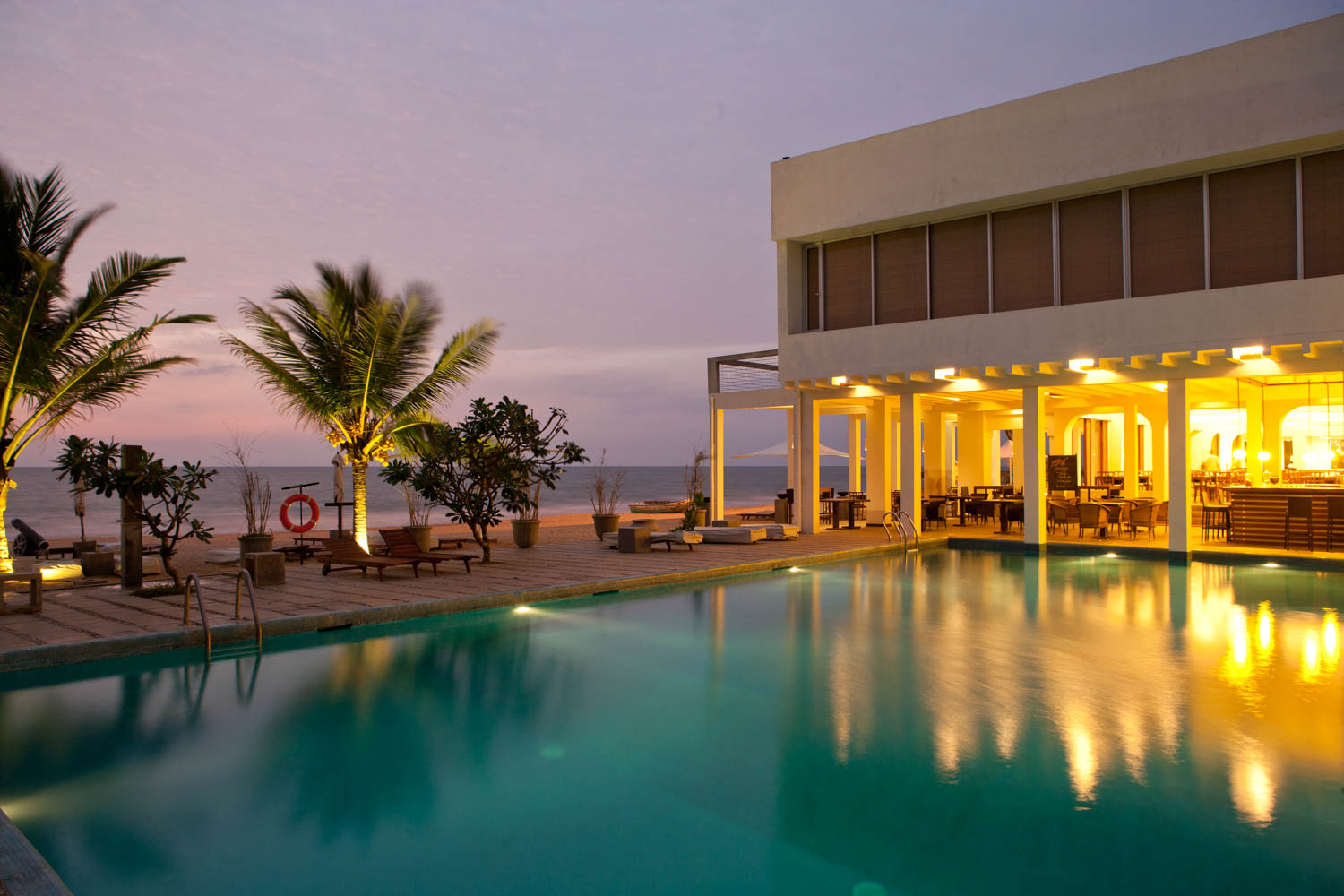

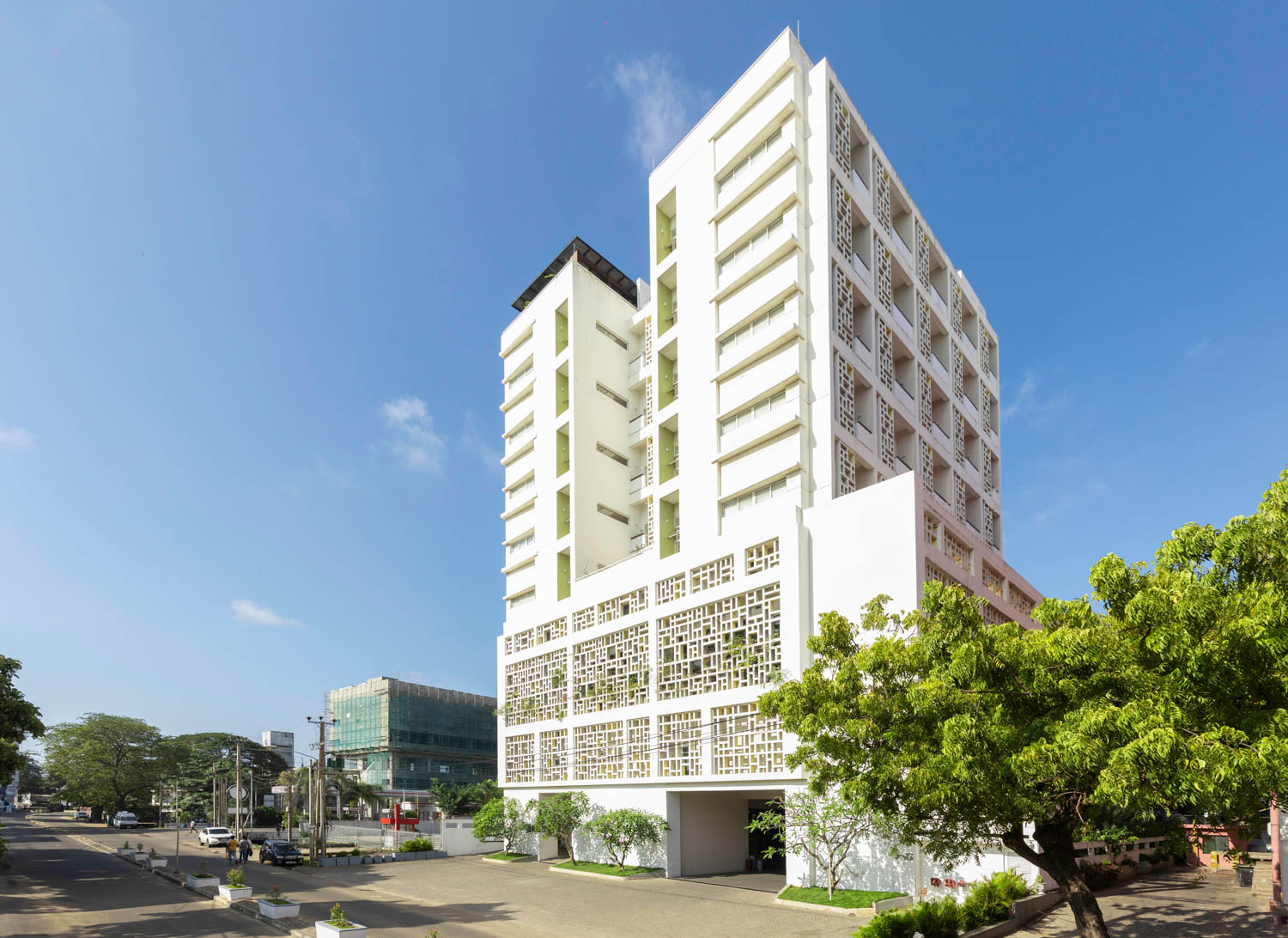
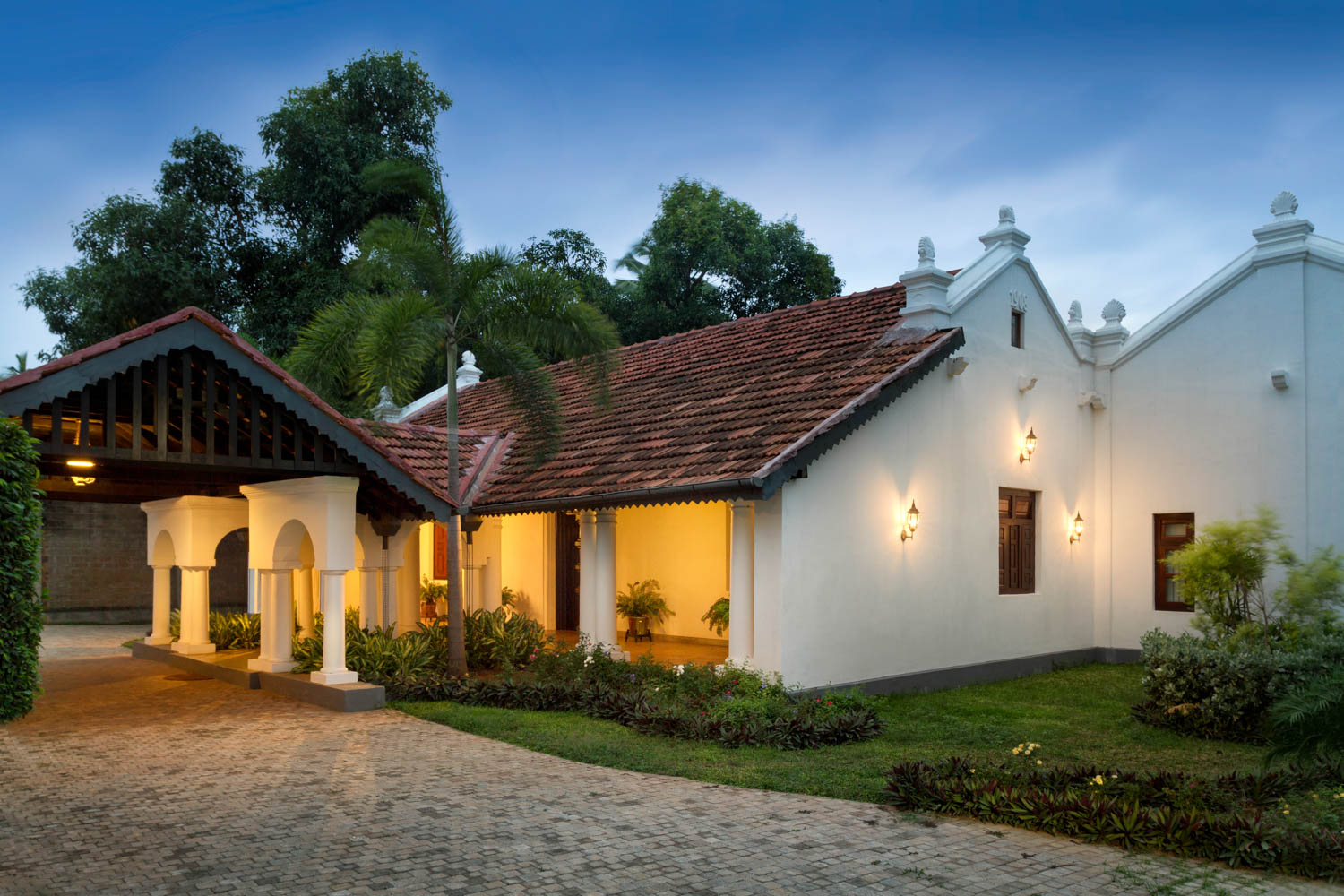

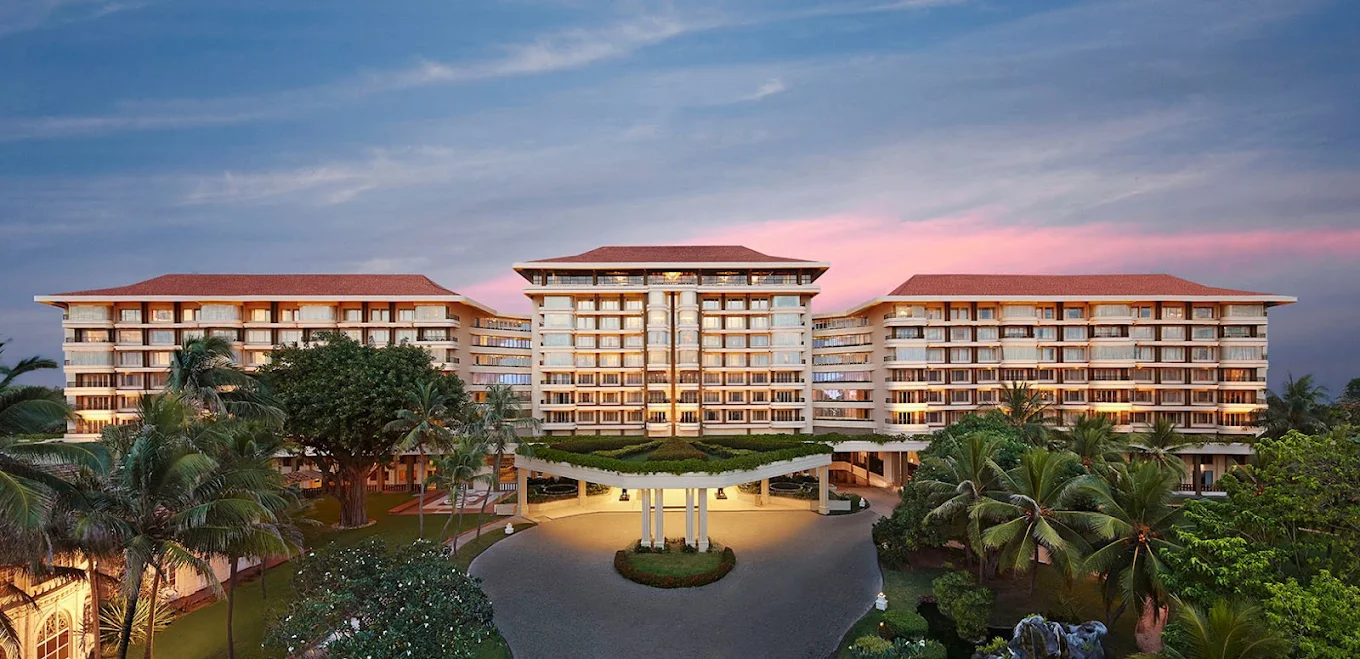

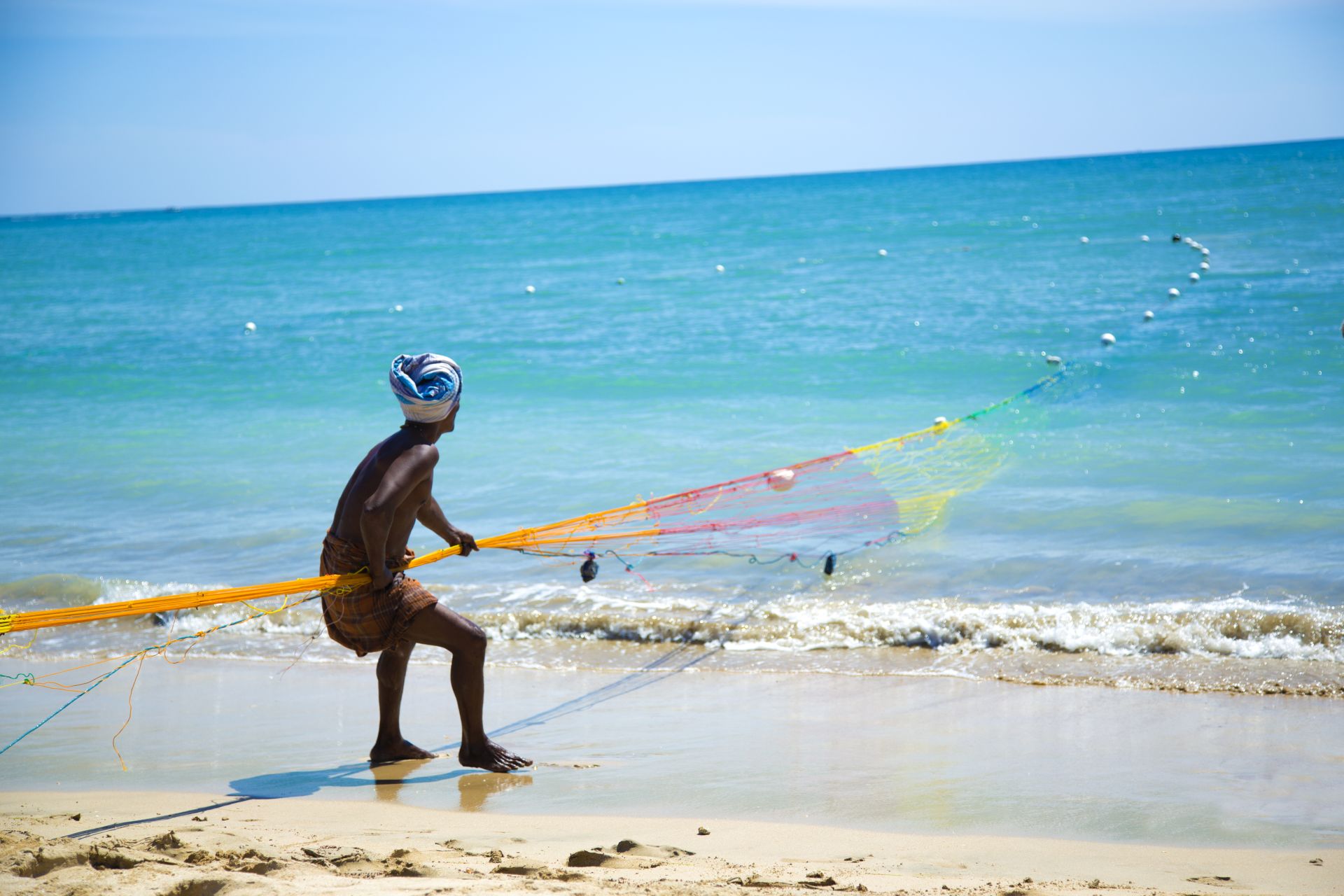

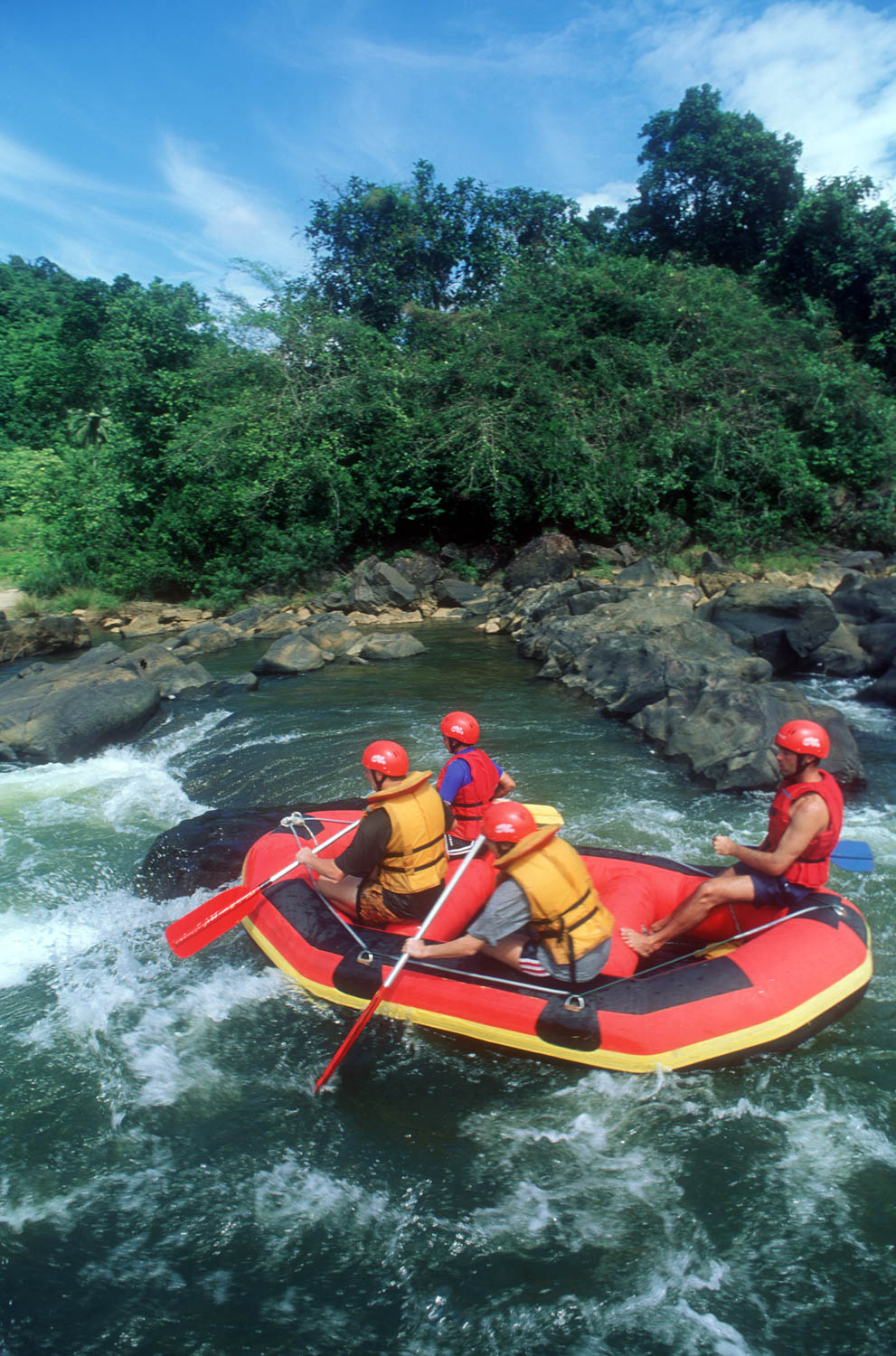
.jpg)
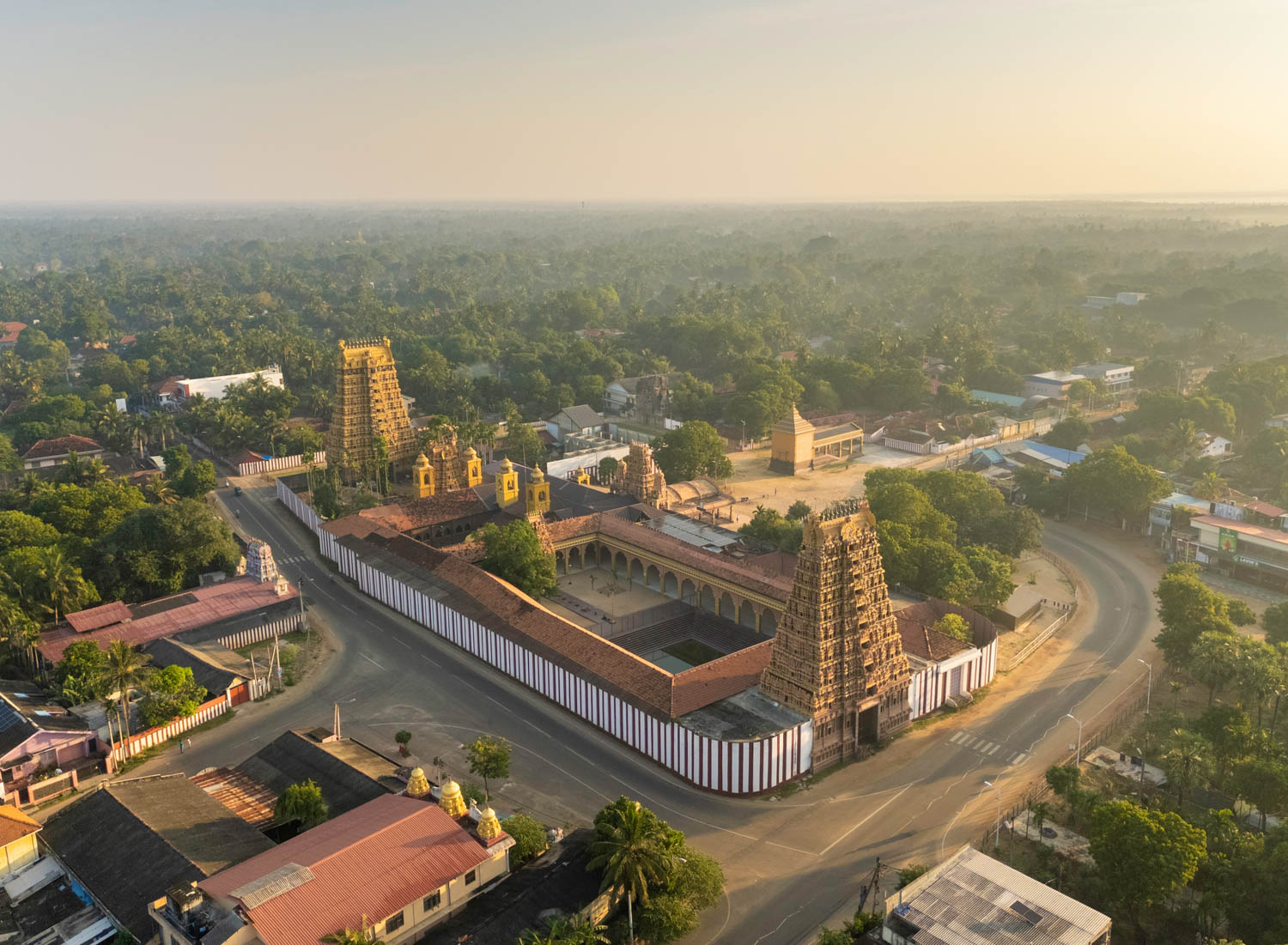
.jpeg)
-2.jpg)

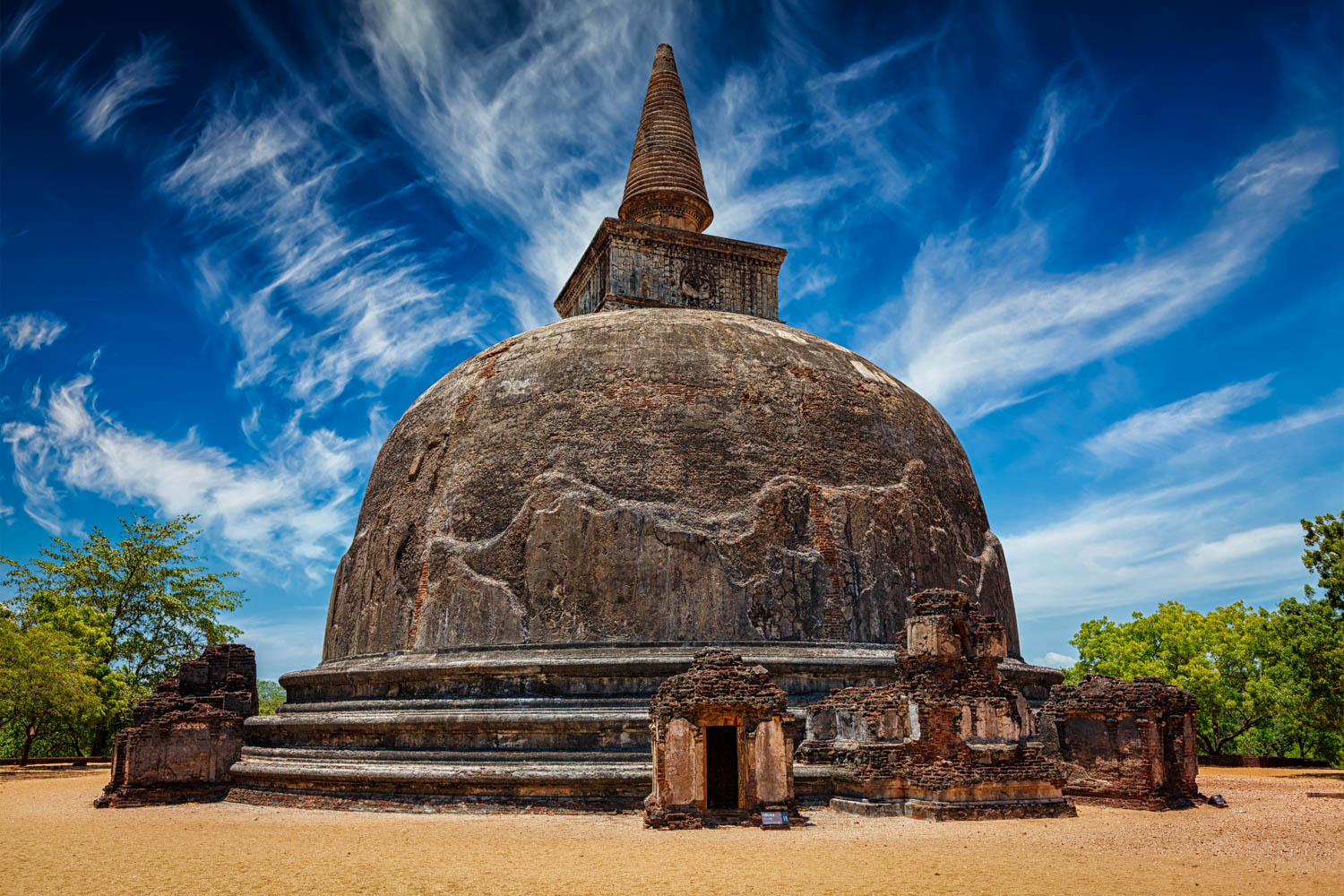
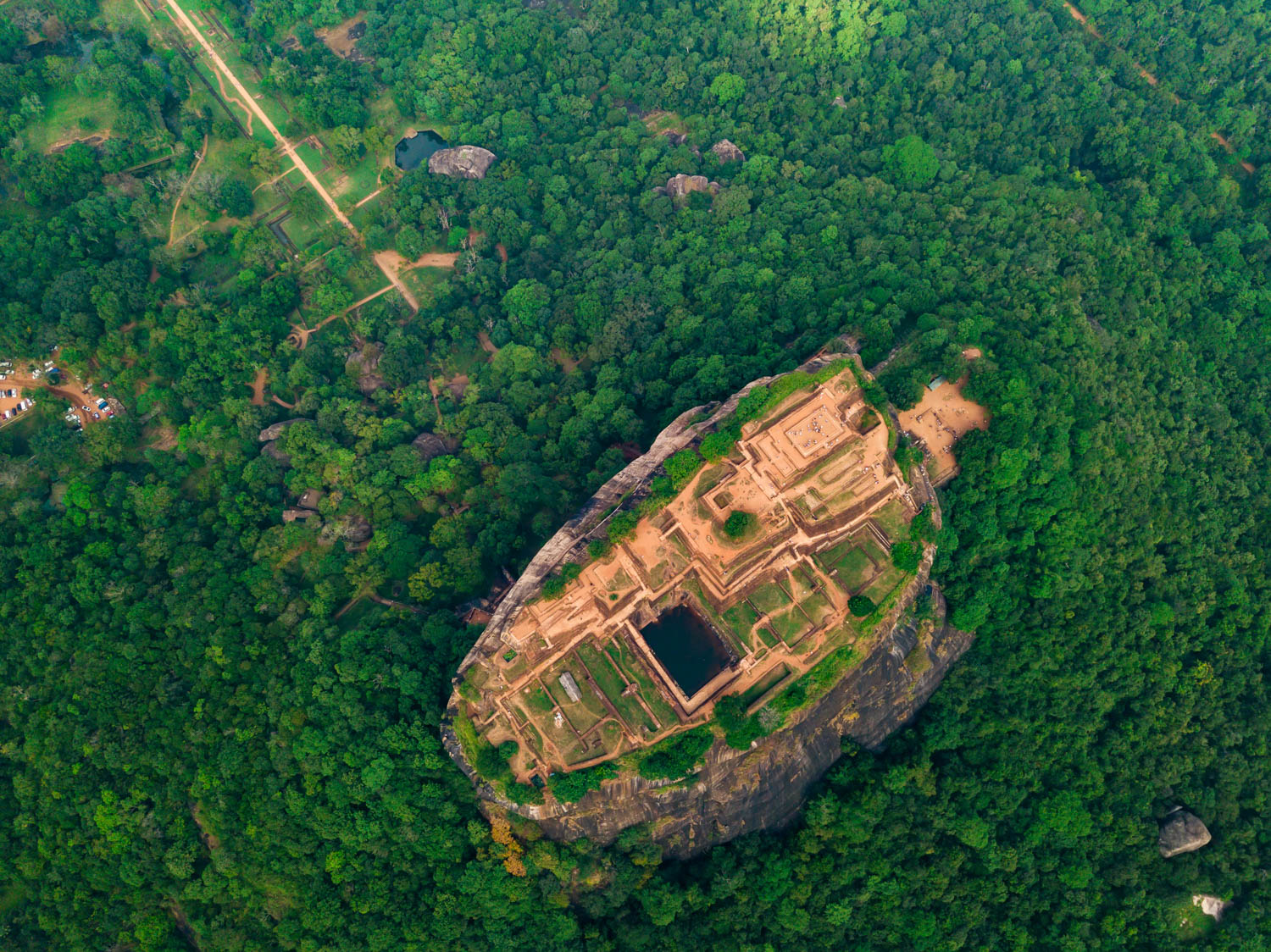
.jpeg)

%201.jpg)
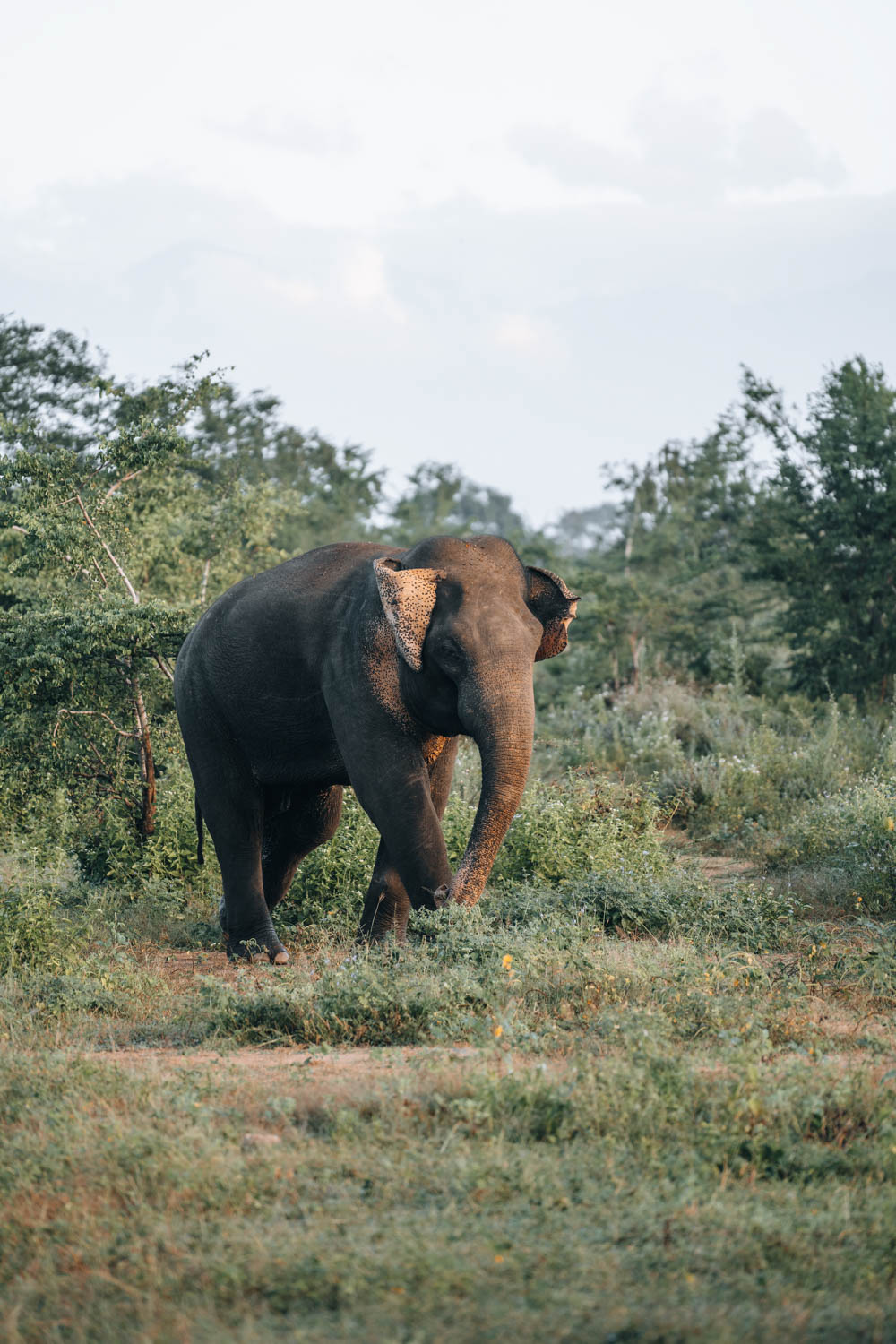
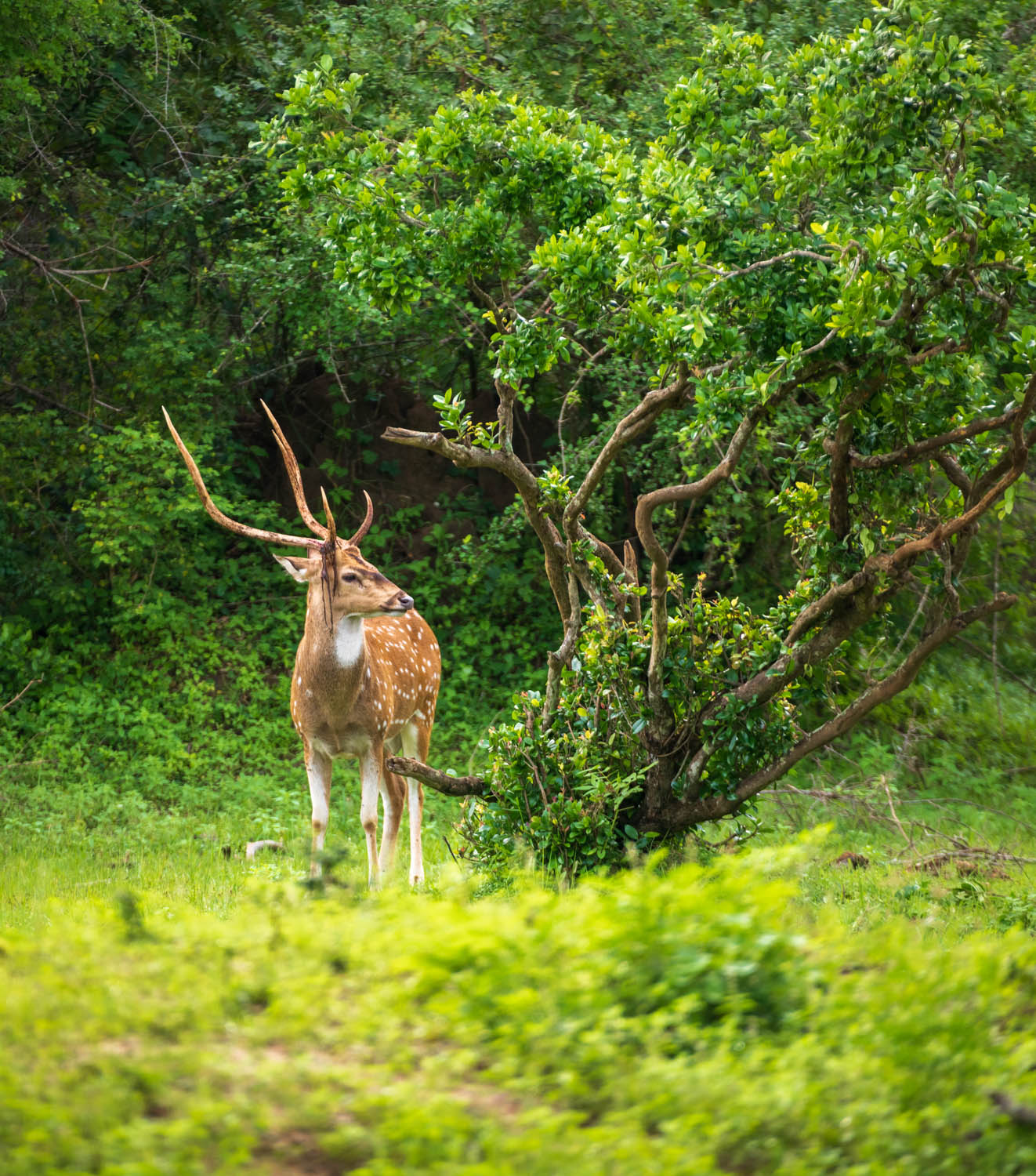
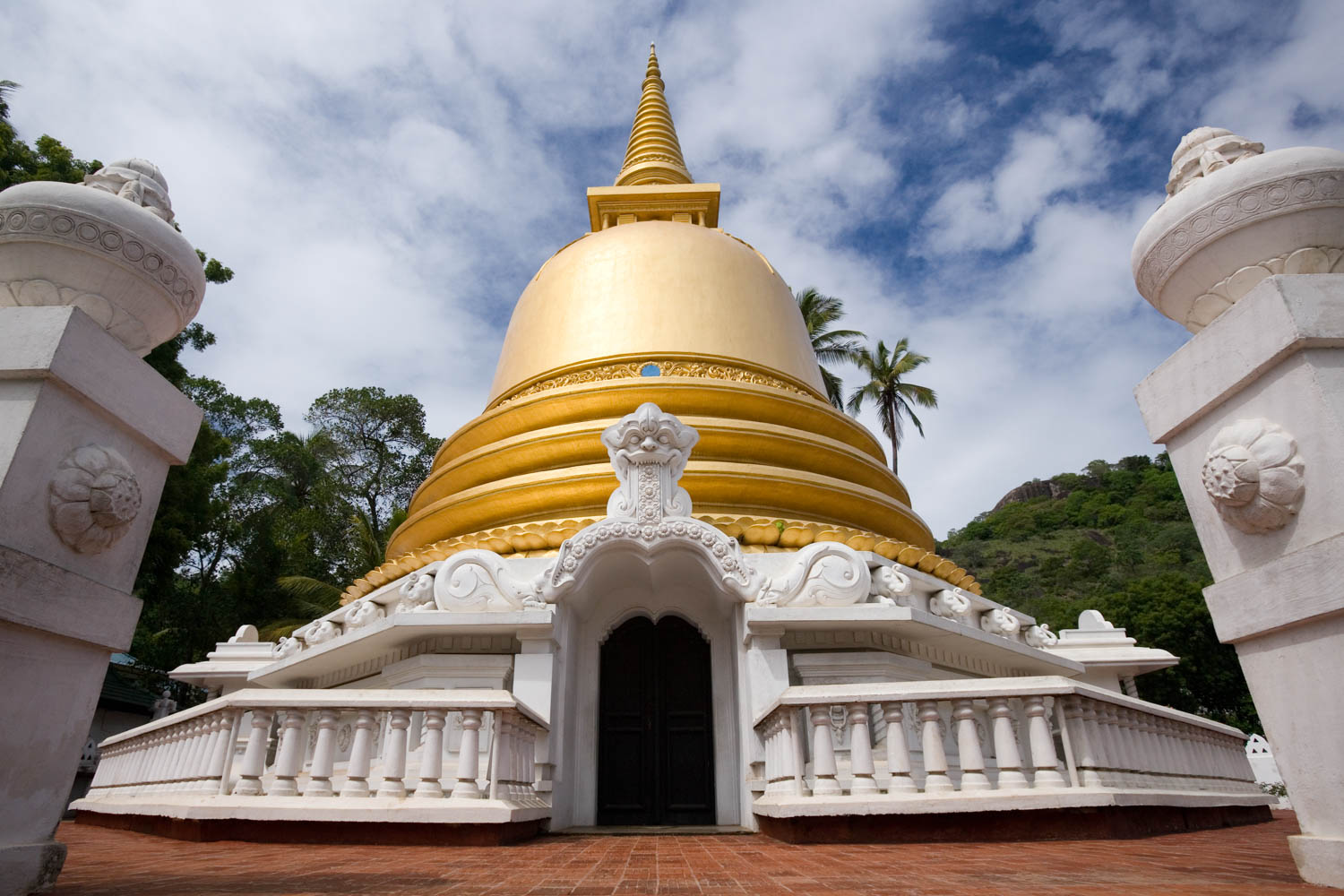
.jpeg)
.jpeg)
